Rare Reptiles of the Lower Florida Keys - Targeting the Keys Mud Turtle (Kinosternon baurii)10/6/2015 Field update from Jonathan Mays, Florida Fish & Wildlife Conservation Commission, Fish and Wildlife Research Institute, Gainesville, FL (jonathan.mays@myfwc.com)
The Florida Keys are a 210-km archipelago comprised of mangrove swamps, tropical hammocks, and pine rockland forest. This subtropical area hosts a unique set of flora and fauna, much of which is found no where else in the United States. The area south of the Seven Mile Bridge (from Big Pine Key to Key West) is of particular biological interest due to the expanse of salt water separating this land mass from the middle and upper keys, and mainland. Most of the lower keys are only 1-2 m (<6 ft) above sea level and thus prone to seawater intrusion during tropical storm events. This isolation coupled with the paucity of available fresh water has hampered or prohibited colonization from a number of mainland animals, reptiles included. Many of the species that have successfully settled in the lower keys are now cut-off from their mainland congeners. Florida's Fish and Wildlife Conservation Commission (FWC) currently considers seven reptile taxa from the lower keys as state threatened: Rim Rock crowned snake (Tantilla oolitica), Key ringneck snake (Diadophis punctatus acricus), Florida brown snake (Storeria victa), red (rosy) rat snake (Pantherophis guttatus), peninsula ribbon snake (Thamnophis sauritus sackenii), Keys mole skink (Plestiodon egregius egregius), and the Keys striped mud turtle (Kinosternon baurii). The red rat snake, peninsula ribbon snake, and striped mud turtle are scheduled to be delisted once state management plans are approved. This July, FWC's Fish and Wildlife Research Institute initiated a project targeting the above seven reptiles in order to garner more information on their distribution, rarity, and effective techniques for detection. Various sampling methodologies are being incorporated including cover-board plots, road-cruising, timed-meander surveys, targeted habitat searches, and soliciting the public for reports via a website - https://public.myfwc.com/fwri/flkeysreptiles/default.aspx The Keys mud turtle is a small semi-aquatic turtle, oval in shape with a dark brown to black carapace and rust colored plastron. The three stripes along the carapace that give mainland individuals their common name ("striped mud turtle") are often muted or lacking in lower keys specimens. Keys mud turtles have large heads with two small, yellow stripes per side. Unlike most of the other target reptiles in this study which have limited location information, the Keys mud turtle was already known from multiple sites among 11 different keys, and can be effectively detected by using baited (e.g., sardines) minnow traps. In an attempt to learn more about mud turtle population size, survival, and detectability in the lower keys, we've incorporated a standardized monthly trapping effort using mark-recapture techniques. During our first 3 months of trapping we tallied 60 trap nights with 17 captures and 6 recaptures, plus 2 turtles found dead-on-road. In addition to recording location and sex/age/shell measurements for each of the turtles, we're also taking a tissue sample for later genetic analysis. Surveys will continue through June 2016 and we anticipate being able to gather a large number of samples. While previous research suggested little genetic variation between the Keys mud turtle and its mainland counterparts (i.e., all are considered the same species), the population in the Lower Keys remains cut-off and may represent a terminal taxa recently diverged from middle, upper keys, or mainland areas. Mud turtles in the keys face many of the same threats as do mainland turtle populations: habitat degradation, road mortality, pollution, and egg predation by subsidized predators (i.e., such as raccoons and house cats that become more abundant around human dwellings). However, unlike most mainland populations, freshwater wetlands are limited in the lower keys and are increasingly affected by over withdrawal by humans and saltwater intrusion. The increase and frequency in large storms has already raised salt content of many lower keys ponds making them unsuitable habitat for mud turtles. Regardless of its genetic significance, the dependence of mud turtles on waters low in salinity and the numerous threats to this habitat make this turtle extremely vulnerable to decline and/or extirpation in the Lower Keys.
1 Comment
Lori Johnson has been surveying for wood turtles along one-kilometer stream segments and within nesting habitat throughout Massachusetts to gather data for a regional conservation planning effort from Maine to Virginia. Stream surveys follow a rapid assessment protocol designed by the Northeast Wood Turtle Working Group so that a standardized approach can be used to assess the status of populations from Maine to Virginia. So far this spring, Lori captured and marked 80 wood turtles across 17 sites throughout Massachusetts. Lori also obtained genetic samples from every individual, which will be used to help identify conservation priorities and protect genetic variation.
Lori Johnson is an ecologist at New England Environmental, Inc. and conducts turtle research for the Massachusetts Natural Heritage and Endangered Species Program. Lori is a key ATO partner on regional wood turtle conservation planning, and leads a long-term study of common musk turtles (Sternotherus odoratus) in Massachusetts. Field update from Derek Yorks, Maine Department of Inland Fisheries and Wildlife, Bangor, Maine
I did a vernal pool walk and talk Saturday, May 30th for a southern Maine land trust that is working locally to conserve habitat for spotted and Blanding's turtles. While setting four traps, I had observed three spotted turtles, and on Saturday I had a single trap with zero, one trap with one, another trap with two, and the fourth and final trap with ten! A great range of age classes here too. An amazing site for sure. Some of it is protected but much of it is privately owned, and in an area that is rapidly being developed. The land trust is interested in conserving more land in this area, and this amazing population of spotted turtles is certainly at risk. Maine IFW helps local land trusts with an interest in rare turtles by providing them with data on here populations occur as well as informing land trusts on what they can do to benefit turtle populations and also evaluating turtle sites (we provide technical assistance but don't directly advocate for preserving particular sites). This area is dotted with many vernal pools as well as some pitch pine bog habitat. Derek Yorks is a herpetologist for the Maine Department of Inland Fisheries and Wildlife, and serves on ATO's board of advisors. Derek is a key partner on regional spotted, Blanding's, and wood turtle conservation planning. Contact Derek Field update from Dr. Charlie Innis, VMD, New England Aquarium, Boston, MA (cinnis@neaq.org)
The spotted turtle was removed from the Massachusetts endangered species list in 2006 (under considerable controversy). At that time, a long-term population monitoring plan was developed for a number of known spotted turtle localities across the state. Although not as abundant as historically described, spotted turtles can still be found relatively easily in Massachusetts if you know where and when to look for them. There is concern, though, that many of these sites are fragmented, surrounded by roads and suburban development, and will be prone to habitat succession over time. While turtles may persist in the short term, it is questionable whether such fragmented sites can maintain the species over hundreds of years. Connected tracts of protected habitat will need to be maintained for long term persistence of this species. I have been responsible for surveys at two sites in central Massachusetts for the past eight years, and approximately 40 individuals are now marked at each site. The sites are quite different. One site is a natural sphagnum and wild cranberry swamp, with sundew plants and orchids, surrounded by substantial protected forest. The other site sits under high tension powerlines and has been surrounded by roads and residential development over the past forty years. I have documented six road mortalities around the latter site over the past eight years, and it is likely that some road mortalities are not detected. The sites are in close proximity to each other and it is likely that movement between the sites occurred historically. Movement is still possible, and likely occurs, but I have not yet documented this. Recaptures of previously marked turtles occur fairly often and I am still finding unmarked adults every year. Recruitment appears to be successful at both sites; hatchlings and juveniles are found sporadically. It will be interesting to follow and compare these two populations in the coming decades. The images below were taken in early May, 2015. Dr. Charlie Innis serves as the Director of Animal Health at New England Aquarium in Boston, Mass. Charlie serves on ATO's board of advisors and is a key partner in our efforts to develop a status assessment and conservation plan for spotted turtles. Contact Dr. Innis One of the strangest and most enigmatic North American turtles is found in swampy, low-lying areas of the Gulf of Mexico coastal plain from Florida to southeastern Louisiana: the Gulf Coast box turtle (Terrapene carolina major), a massive (to >200 mm and >1000 g) semi-aquatic turtle of tupelo and cypress swamps, temporary pools, and adjacent pinelands. Adults of this species may look like oversized eastern box turtles (the form found from Cape Cod to northern Florida and west to Michigan), but the archetypal form is a uniform black, with axillary scutes (a plesiomorphic or basal character in box turtles). Older males may have white, ivory, or bluish heads—in this way, some older adults may be reminiscent of the little-known Yucatán box turtle (Terrapene yucatana), except that the Gulf Coast males tend to be more depressed or flattened.
We have been studying seven sites associated with major rivers of the panhandle and outlying islands in an exciting partnership with scientists from the Florida Fish and Wildlife Conservation Commission, U.S. Fish and Wildlife Service, and the Turtle Conservancy. Throughout the coastal regions of the Gulf of Mexico in western Florida, so-called "Gulf Coast" box turtles generally exhibit a range of morphological characteristics typical of other North American box turtle subspecies, such as the three-toed box turtle (in western Florida and Mississippi) and the eastern box turtle (in northern Florida). Two recent studies (Butler et al. 2011; Martin et al. 2013) have found no evidence of genetic population structure or consistent morphology within the hypothesized coastal range of the Gulf Coast box turtle. We have focused our efforts and study sites in a region of the Florida Panhandle harboring the largest known box turtles, which appear to be semi-aquatic (there is only one other North American box turtle that is consistently aquatic, Terrapene coahuila of the Cuatrocienegas basin of western Coahuila, Mexico). During our spring surveys, many of the larger turtles appear to be largely aquatic, swimming hundreds of meters per day through floodplain ponds and marshes and exhibiting behavior more similar to a Blanding's turtle (a creature of deep marshes and shrub swamps) than the other box turtles of the southeastern United States. The southwest coast of Florida, from Naples to Florida Bay and Key Largo, remains one of the great, stark wildernesses of the eastern United States. Here is the interface between the Everglades and the ocean, where red river water meets the turbid and cloudy waters of the Gulf of Mexico. This sprawling and remote estuary encompasses the largest mangrove forest in the mainland United States. A patchwork of federal and state lands stems development leaping east from Naples and Marco Island. Among the protected uplands are a network of very interesting islands, constructed by the Calusa Indians 500 to 2000 years ago primarily from oyster shells. Some islands rise in places to over 30 feet and support subtropical hardwood forests of gumbo limbo, open shell barrens, numerous rare plants, and tenuous, small populations of Florida box turtle. Over the course of nine years, we've surveyed for Florida box turtles (Terrapene bauri) on islands along the southwest coast of Florida.
The Yucatán box turtle is one of the least-known North American species. We have partnered with the Smithsonian Conservation Biology Institute to investigate the ecology and conservation science of this species throughout Mexico's Yucatán Peninsula.
September surveys across Northern New England for wood turtles as part of a regional conservation planning effort. 2013 was our fifth year working in northern Maine and our tenth year of field work with wood turtles in New England. This project is a partnership with the Maine Department of Inland Fisheries and Wildlife, New Hampshire Fish and Game, and Massachusetts Natural Heritage and Endangered Species Program.
|
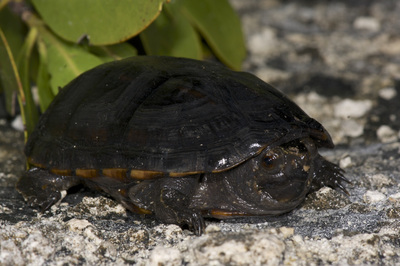










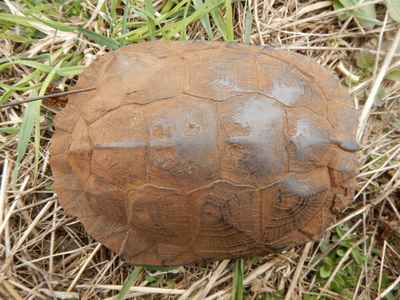



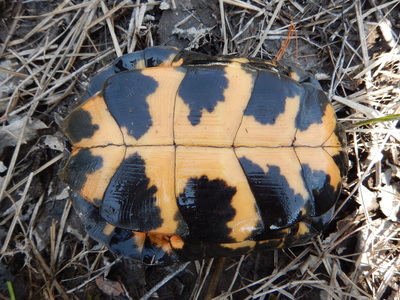




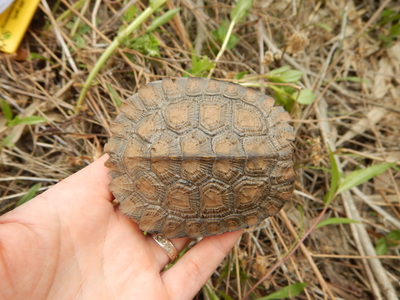




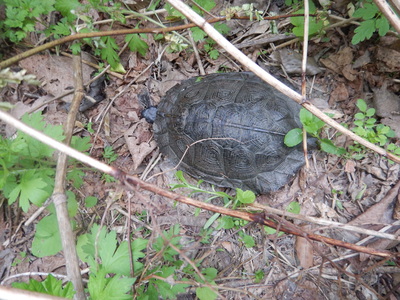

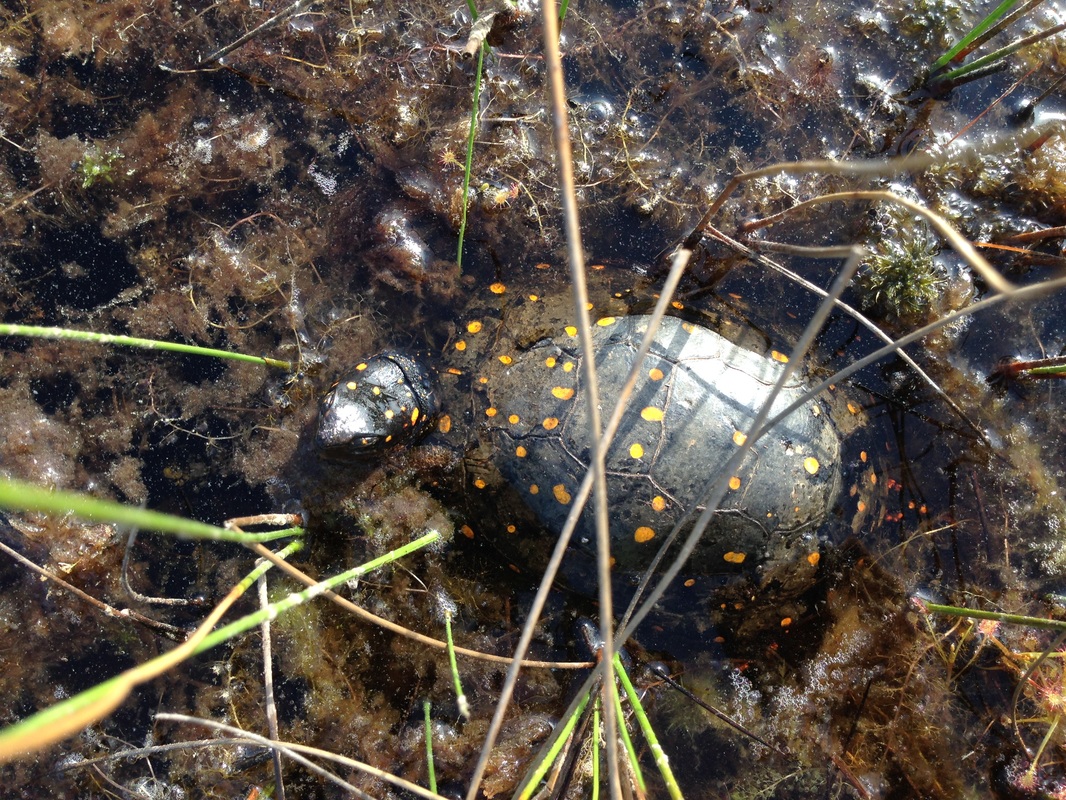







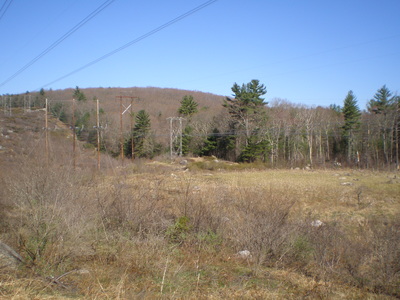

























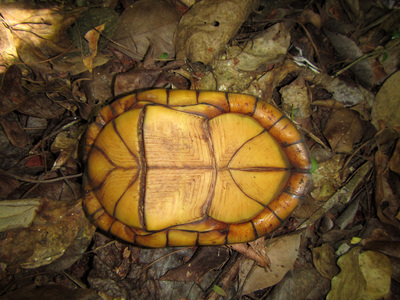




















 RSS Feed
RSS Feed